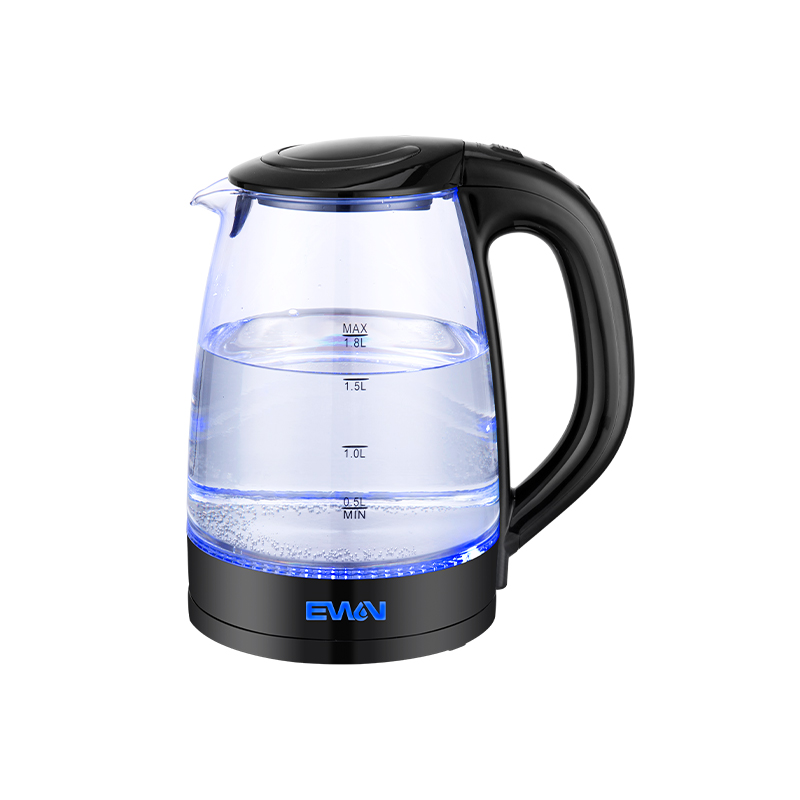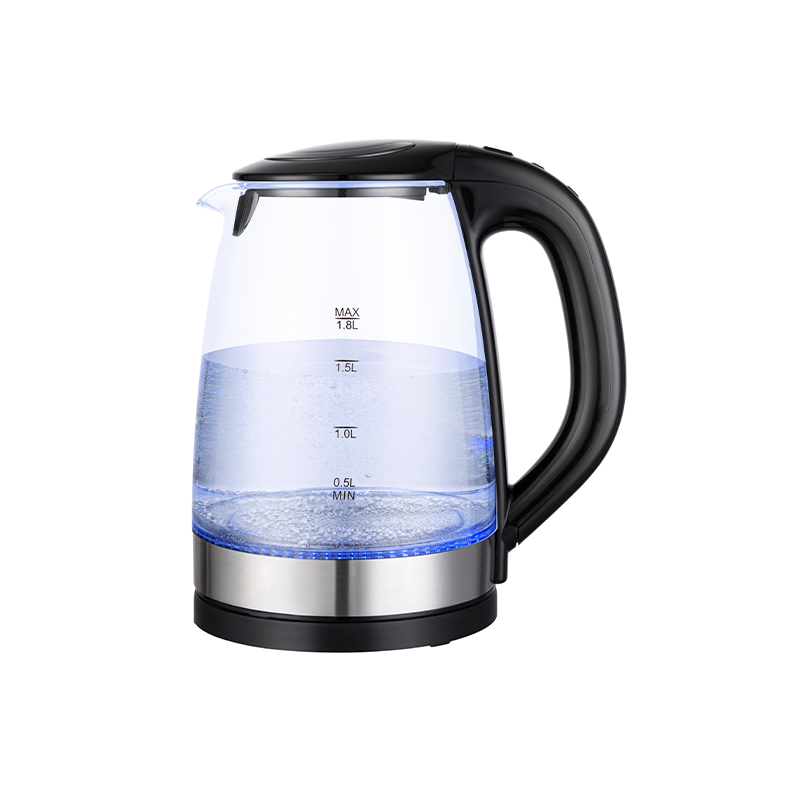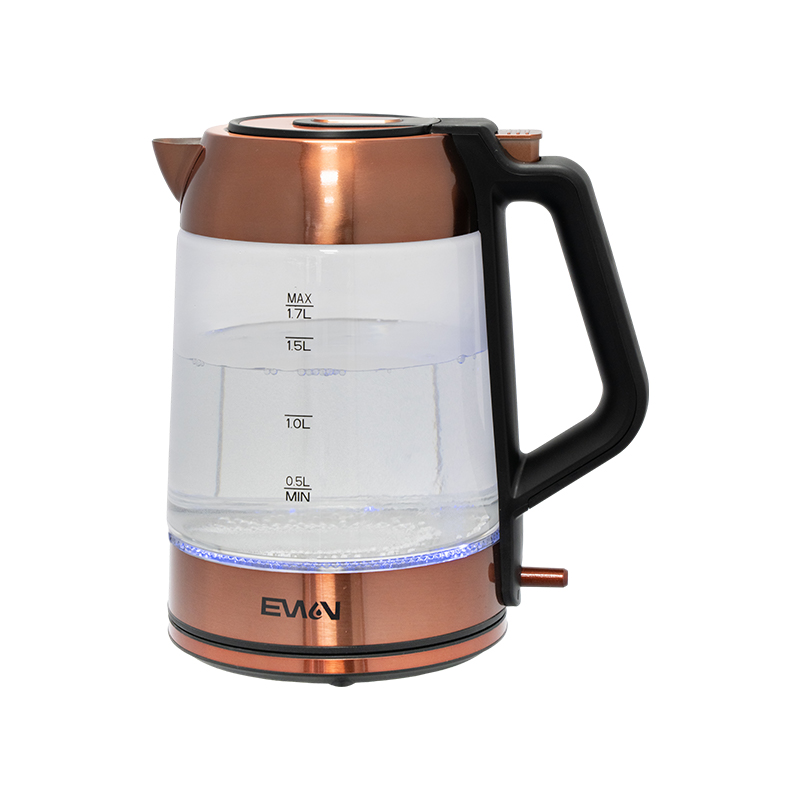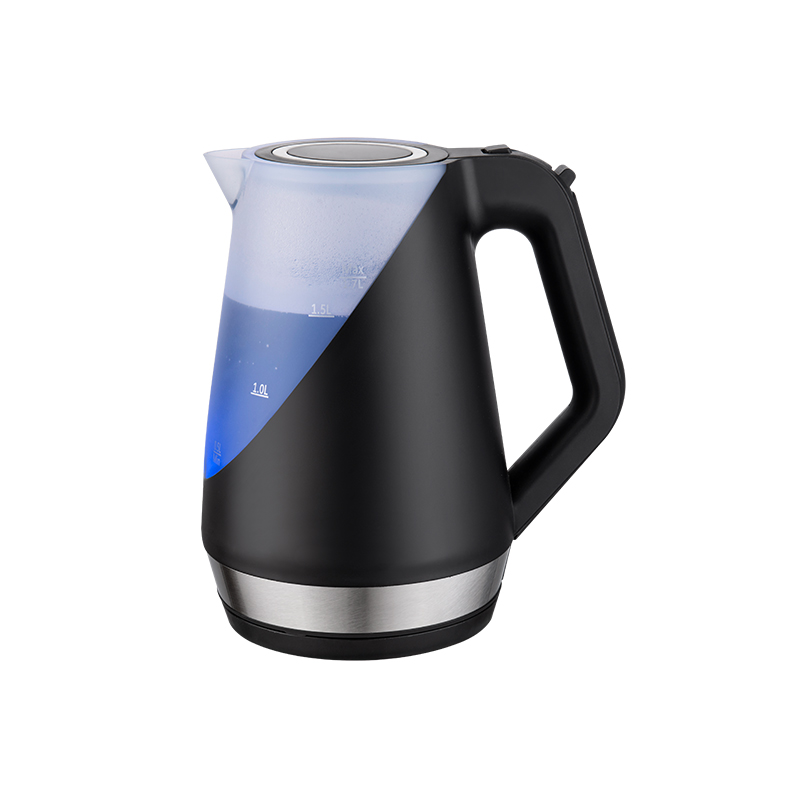+86-18667862027
Web Menu
Product Search
Exit Menu
How can you ensure that the glass in your glass kettle is not easily broken?
To ensure that the glass in a glass kettle is not easily broken, it’s essential to focus on the material quality, robust design, thoughtful manufacturing techniques, proper user guidelines, and regular maintenance. By addressing these areas comprehensively, both manufacturers and users can significantly enhance the durability and longevity of glass kettles.
Borosilicate Glass: One of the best materials for glass kettles, borosilicate glass is known for its high resistance to thermal shock and mechanical stress. It has a low coefficient of thermal expansion, meaning it can withstand rapid temperature changes without cracking or breaking. This makes it ideal for kettles that are constantly exposed to boiling water.
Tempered Glass: Glass that has undergone a tempering process is four to five times stronger than untreated glass. Tempered glass is designed to resist impact and shattering, and if it does break, it fractures into small, less harmful pieces, ensuring user safety.
Thicker Glass Walls: Glass kettles with thicker walls are inherently more robust, as they can better resist impact and pressure. While this may slightly increase weight, it significantly improves durability.
Reinforced Edges and Handles: The edges and joints, such as where the handle meets the kettle, are often stress points. Reinforcing these areas with additional glass thickness or supporting materials can reduce the risk of cracking.
Double-Walled Glass Construction: A double-walled design not only insulates the kettle to keep the water hot longer but also provides an additional protective layer, making the kettle less prone to breakage.
Protective Frames or Casings: Some glass kettles are designed with metal or plastic frames that encase the glass. These frames act as shock absorbers, protecting the glass from direct impacts or drops.
Curved Shapes: Rounded or curved designs distribute stress more evenly, reducing the likelihood of breakage compared to sharp edges or angular designs.
Annealing Process: Annealing involves slowly cooling the glass after it has been shaped, which helps relieve internal stresses that can make the glass brittle. Proper annealing ensures a durable, long-lasting product.
Rigorous Testing Protocols: Manufacturers should implement stringent quality control measures, including thermal shock tests, drop tests, and pressure resistance tests. These ensure that each kettle meets high durability standards before reaching consumers.
Advanced Strengthening Methods: Chemical strengthening processes, such as ion exchange, can further enhance the toughness of the glass by replacing smaller ions in the glass surface with larger ones, creating a compressive stress layer.
Silicone or Rubberized Bases: Many kettles incorporate a soft, non-slip base to absorb shocks and minimize the chances of accidental slips or drops.
Protective Films or Coatings: Some glass kettles are treated with a transparent safety film that holds the glass together even if it breaks, preventing dangerous shards from scattering.Shock-Absorbing Accessories: Silicone or plastic handles and lids can help absorb impacts and reduce the stress on the glass body.
Avoid Rapid Temperature Swings: Users should avoid exposing the glass kettle to extreme temperature changes, such as filling a hot kettle with cold water or placing it on a wet surface while still hot. These actions can cause thermal shock and lead to cracking.Handle with Care: Proper lifting and pouring techniques, along with avoiding rough handling, can greatly extend the life of the kettle.
Sturdy Placement: Always place the kettle on a flat, stable surface to prevent tipping or accidental drops. An unstable placement increases the likelihood of breakage.Proper Filling Practices: Avoid overfilling the kettle beyond the maximum water level mark. Overfilled kettles may spill or exert excessive internal pressure, which can weaken the glass over time.
address
No.935 Qiye Road, Zhouxiang Town, Cixi City, Zhejiang Province, China
Sale’s Email
leila@nbewin.com
sales8@nbewin.com
sales9@nbewin.com
Copyrighte Ningbo Ewin Electrical Appliances Co., Ltd. All Rights Reserved.












